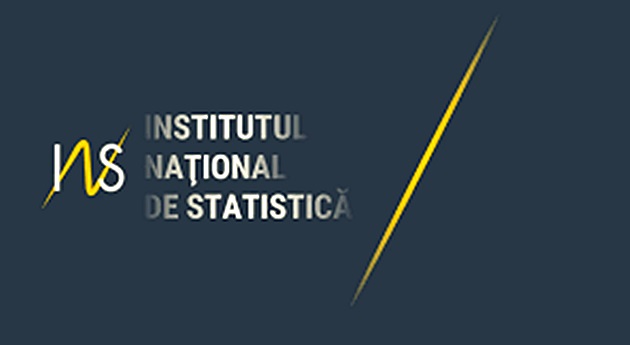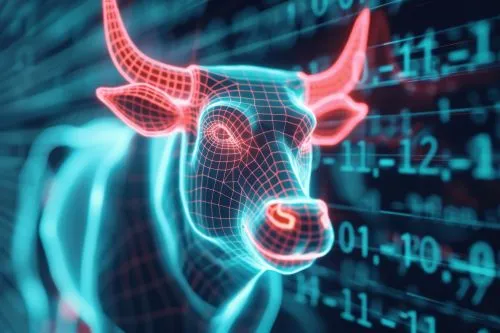1457

In 2023, compared to 2022, poultry slaughtering in industrial units (abattoirs) showed an upward trend, while the slaughtering of cattle, pigs, sheep, and goats showed a downward trend.
The production of milk collected from agricultural holdings and collection centers by industrial processing units increased in 2023 compared to 2022.
Slaughtering and Meat Production
In 2023, the number of cattle slaughtered in industrial units (abattoirs) decreased by 12.8% compared to the previous year, and pig slaughtering decreased by 1.1%.
- Beef production decreased by 11.6%, and pork production decreased by 1.3%.
- The number of sheep and goats slaughtered in industrial units decreased by 2.8%, and the production of sheep and goat meat decreased by 2.4%.
- The number of poultry slaughtered in industrial units increased by 5.0% in 2023 compared to 2022, and poultry meat production increased by 4.0%.
Regional Distribution of Slaughtering
- Cattle slaughtering was predominant in the North-East (51.1%), West (over 9.7%), South-Muntenia (9.6%), and Center (9.5%) regions.
- Pig slaughtering had the highest shares in the West (37.3%), South-Muntenia (23.7%), North-West (12.8%), and North-East (12.7%) regions.
- The largest shares of sheep and goat slaughtering were recorded in the West (23.9%), South-Muntenia (23.3%), Center (17.0%), South-East (13.2%), and North-East (11.6%) regions.
- In 2023, poultry slaughtering was predominant in the North-East (28.9%), South-East (21.7%), Center (17.3%), South-West Oltenia (over 13.0%), and South-Muntenia (10.2%) regions.
Milk and Dairy Products from Industrial Units
In 2023, compared to the previous year, the quantity of raw cow's milk collected by processing units from agricultural holdings and collection centers increased by 81,841 tons (+7.2%).
- The quantity of raw goat's milk collected decreased by 10.8% in 2023 compared to 2022, while the quantities of raw buffalo and sheep milk collected increased by 9.6% and 37.0%, respectively.
- The quantity of imported raw milk decreased by 42,068 tons (-26.6%) in 2023 compared to the previous year.
The largest increase in production in 2023 was recorded for butter, with an increase of 524 tons (+5.0%), followed by cream, with an increase of 1,019 tons (+1.6%).
Decreases in production in 2023 compared to 2022 were recorded for the following dairy products:
- Processed cheese by 2,659 tons (-24.6%)
- Milk powder by 319 tons (-12.9%)
- Fermented milk products (yogurt, drinking yogurt, and other similar dairy products) by 9,661 tons (-4.5%)
- Drinking milk by 10,152 tons (-2.8%)
- Cheese (including whey cheese) by 361 tons (-0.4%)
The production of cheese made from cow's milk (which represents 92.1% of total cheese production) also decreased by 1,297 tons (-1.4%).
Regional Distribution of Milk Collection and Dairy Production
- The largest quantities of cow's milk were collected in the Center (40.8%), North-West (18.4%), and North-East (16.9%) regions.
- Drinking milk was predominantly produced in the Center (57.4%), North-West (19.5%), and West (over 15.0%) regions.
- The Center, Bucharest-Ilfov, and North-West regions accounted for over 78.0% of the production of fresh dairy products (cream and fermented milk): Center (40.4%), Bucharest-Ilfov (over 21.0%), and North-West (16.6%).
- The largest quantities of butter were produced in the West (41.8%), Center (39.4%), North-West (10.0%), and North-East (4.2%) regions.
- Cheese (including whey cheese) was primarily produced in the Center (38.9%), North-East (23.1%), North-West (17.5%), South-Muntenia (8.9%), and South-East (7.1%) regions.
- The highest production of processed cheese was obtained in the Center region (over 90.0%).




